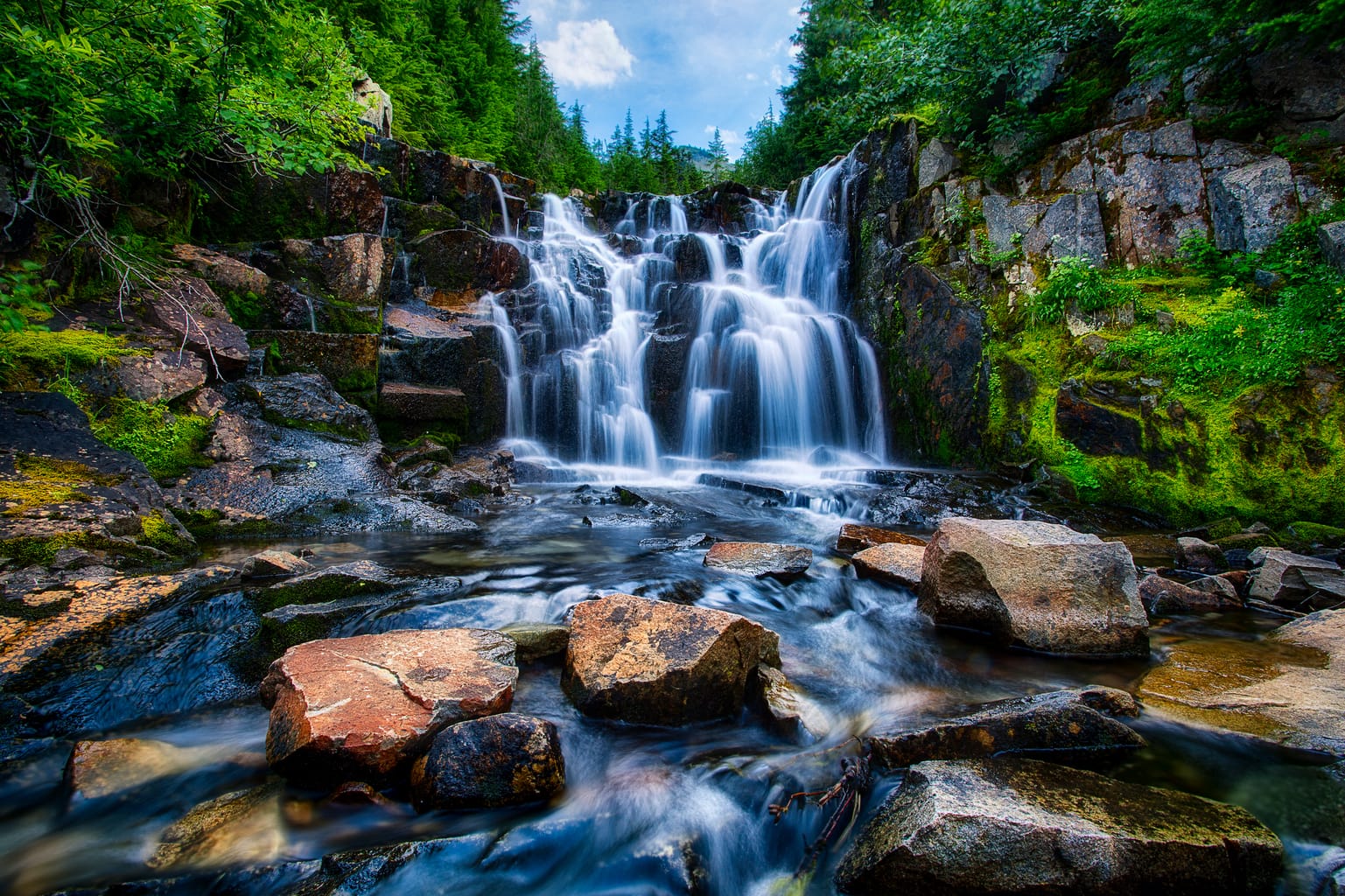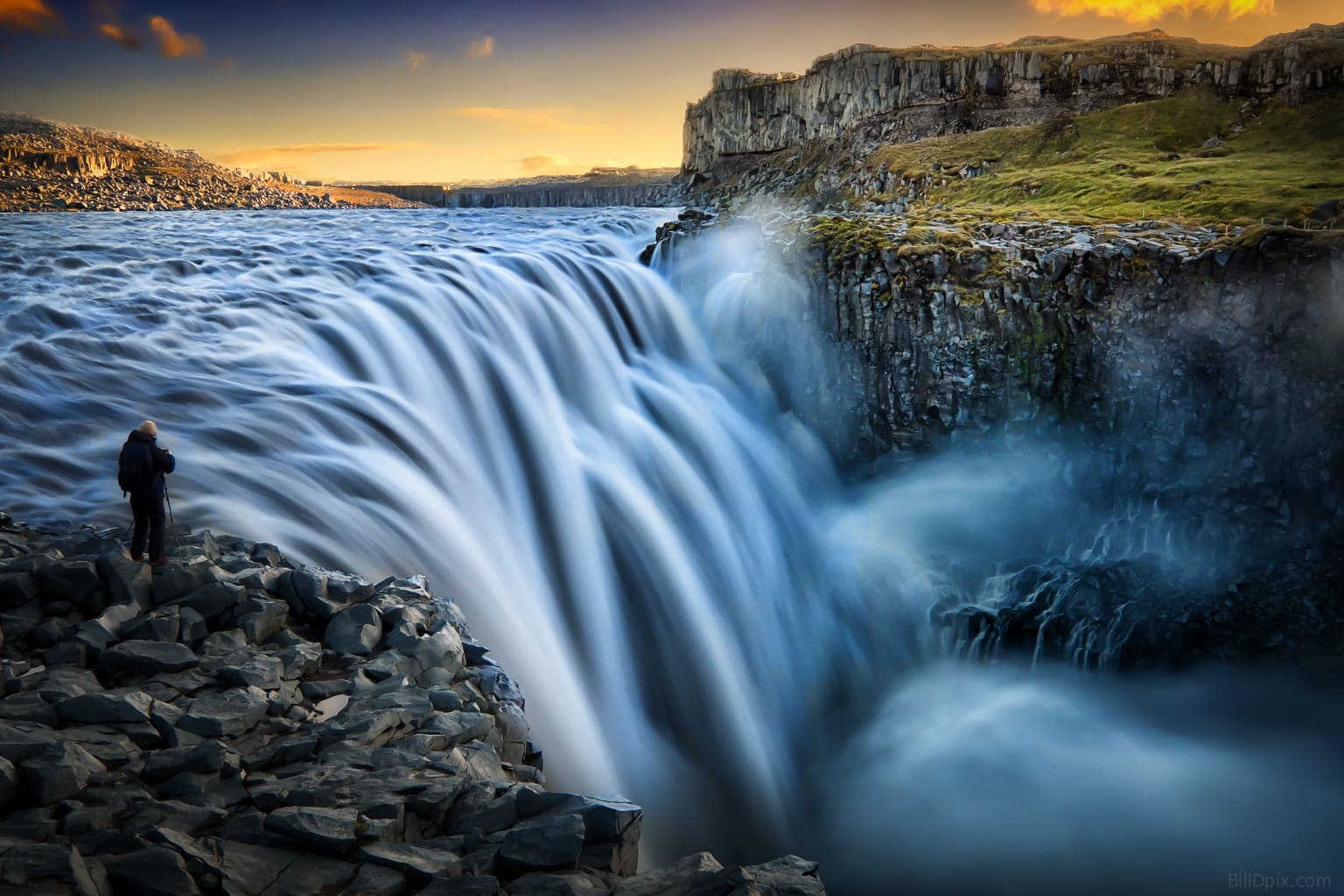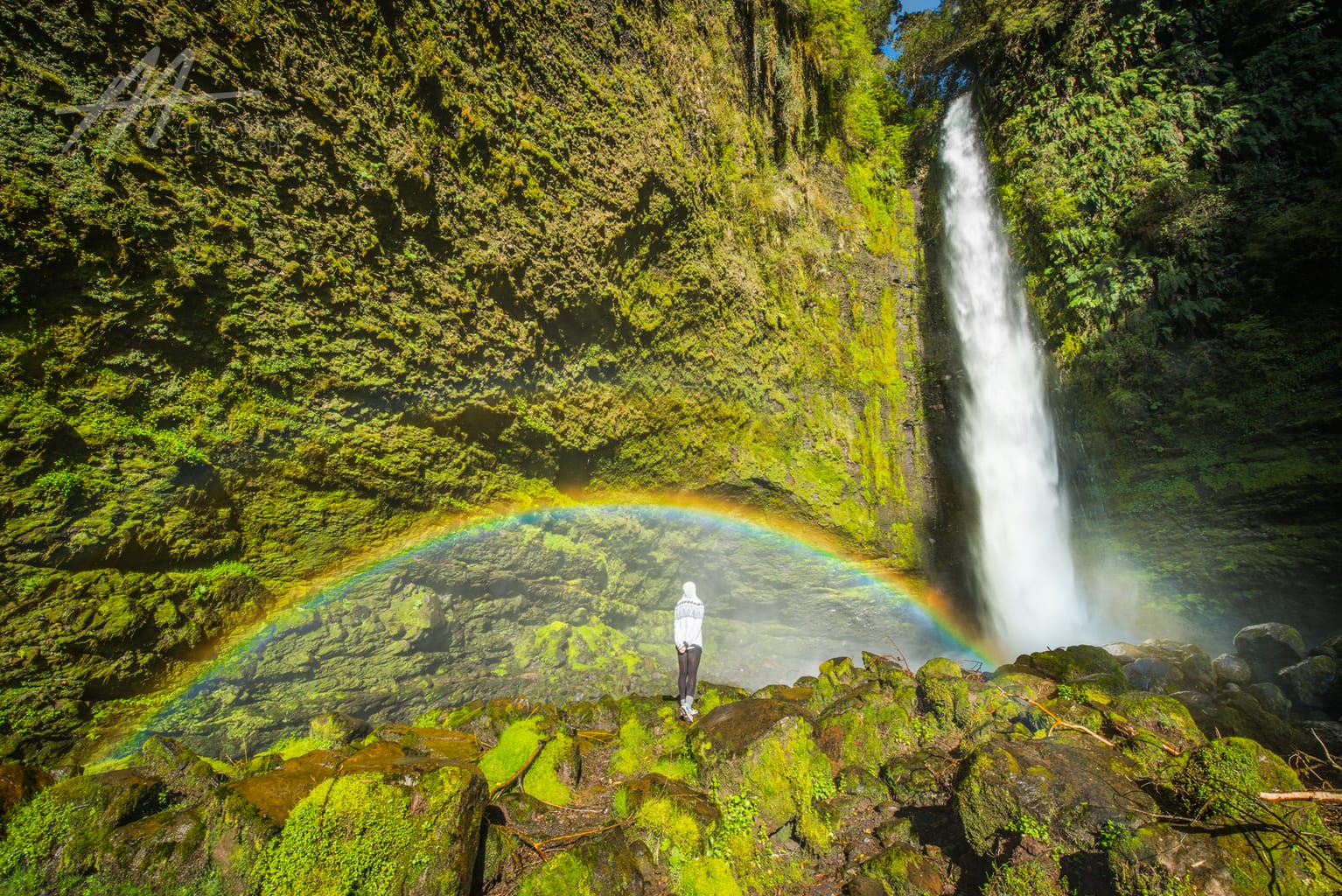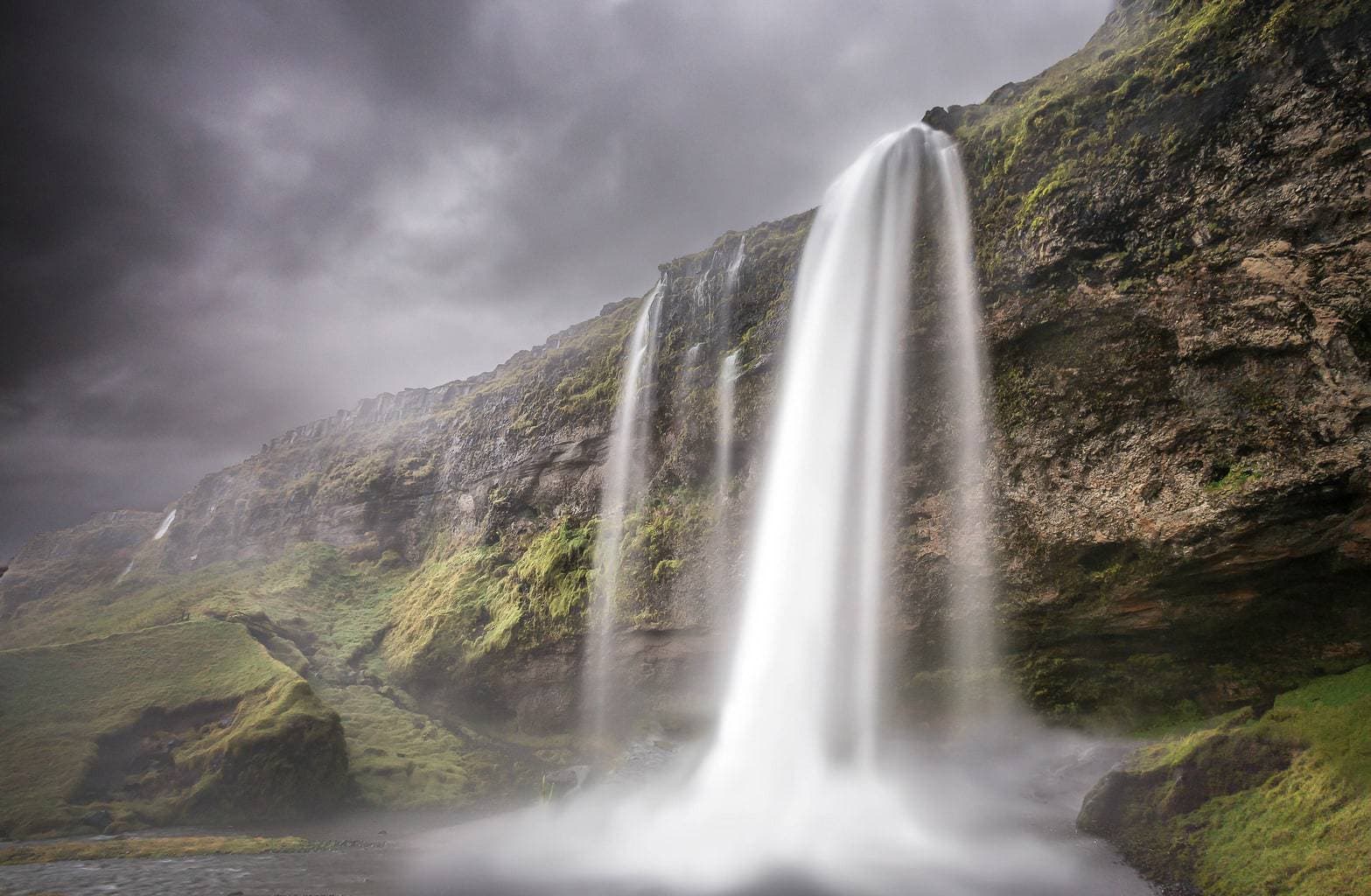Water is a tremendously attractive element in general and for people who love photography in particular. But this is a love-hate relationship. If you have tried to photograph water in any of its forms, you will know what I am talking about. Photographing water is not easy, not easy at all. It is usually tremendously difficult, especially if you don't know how. But when you get it it's very (very gratifying), it must be almost as much as finding the needle in the haystack ? . That is why today I bring you 11 tips to photograph waterfalls and achieve impressive images.
Jokes aside, when you dive into this ocean of photography sometimes you jump into trying things without having a clue. You may be one of those people with a special gift who gets the photos the first time (congratulations if this is your case) but the normal thing is that you fail to infinity, get frustrated and little by little you learn from your mistakes. Or that you have the great idea of reading articles like these in which they give you half the job done ? Either way is valid. If you are here it is because you are one of the latter or because you do not want frustration to overcome you . In any case, I welcome you and tell you that you have made the right decision, because with these tips you will see that everything is much easier.
1. BRING THE RIGHT EQUIPMENT FOR PHOTOGRAPHING WATERFALLS
If you wear the right equipment, your results when photographing waterfalls can improve a lot. It is true that we say countless times that the team does not make the photographer, that you can achieve impressive photos with a normal camera, but of course, we are talking about being able to move, tell a story, a brutal composition... In this case we have a waterfall and we want to enhance it , so the margin for the artistic and emotional part is quite limited and we must control the technical part a little more. That's why you will need:
- Camera that allows you to modify the exposure time. If you want to achieve the silky effect in the cascade, you will have no choice but to play with the rate of fire.
- Wide-angle lens, which allows you to cover more of the landscape and make a great composition.
- Filter. To get the silky effect in bright light, you'll need a neutral density filter .
- Tripod. For long exposure speeds a tripod is essential . If you're hiking and you can't take a tripod because the path is narrow, you'll have to find a very (I repeat, very) stable surface to place your camera on. But notice that the results will not be the same as with a tripod specially designed for it.
- Remote Switch. In long exposures it is really important that there is no movement to avoid jitter in the image, not even the one you make with your fingers when you press the shutter button. Either you take the photo with a remote shutter release or activate the camera timer at least two seconds away so that you have time to remove your hand ?
(If what you want is to freeze the movement you will not need these last two).
2. CHOOSE THE BEST MOMENT
To achieve that effect in which the water looks like a silk cloak, you need, as I have already told you, to make long exposures, or what is the same, to have the shutter open longer. In this way, what happens is that much more light enters, so a bright day will cause your photo to be overexposed.
This is a bug that many of us have gone through (including the first one), especially those of us who jump into the pool as soon as we have our first SLR in hand without doing any research before ? Does it ring a bell? Well, this rookie mistake is easily solvable. Either you use a filter or you choose the best time which is just before sunrise and when it is about to get dark. Cloudy days that act as a "filter" are also valid.
3. DO WINDOW CLEANING
I'm not asking you to clean the windows at home before going out to photograph waterfalls, but if you want very sharp photos, don't forget to give the lenses and filters (if you use them) a little overhaul that you're going to take with you.
4. SPEND SOME TIME STUDYING COMPOSITION
Your photography can change a lot depending on where you shoot from and the elements you include in it. You can frame vertically if you want to focus all the interest on a narrow waterfall, you can include some elements that guide the gaze towards the waterfall, take advantage of a bridge near the waterfall to photograph it right in front (as in the image), shoot from a point very low or very high... There are infinite possibilities with which you can play and achieve a different or more attractive waterfall. No matter how beautiful it may seem "in situ" when you convert it to two dimensions, it loses a lot of charm and you will have to compensate with a good composition.

5. MAKE THE RIGHT ADJUSTMENTS
These are the settings that will help you successfully photograph waterfalls.
- To get the silky effect you will have to use a slow shutter speed . You can start testing with a couple of seconds and readjust according to the result you want.
- Unless you want to play with depth of field when compositing, you'll most likely use a large depth of field (high f-number). It is the most used in landscapes so that all the planes come out in focus and, in addition, it will help you to compensate the amount of light that will enter with the long exposure, since what you do with this is to close the diaphragm.
- Since you will already have enough light when making a long exposure, set the ISO value to the minimum and you will avoid noises that affect the quality and sharpness of your image.
6. SHOOT RAW
We are very heavy, but you still don't know the advantages of shooting in RAW ? To begin with, you can stop worrying about the white balance, for example.
7. FOCUS MANUALLY
Ideally, you should avoid autofocus, especially if you use the filter, as it probably won't work very well. In this case use this trick: focus manually and then place the filter.
8. INCLUDE PEOPLE
Including people in your photograph will help to dimension the waterfall and leave your viewer with their mouths open.

9. DO NOT OBSESS OVER THE SILKY EFFECT
If there is a radiant sun, you can't wait for sunset, you don't have a tripod, or filter, or anything at all... don't leave without immortalizing the waterfall. If you have suddenly found that beauty, do not come home without a little piece of it.
The silky effect is very nice, yes, but freezing the movement of the water can also be very interesting, especially if you manage to convey the fury of the falling water. Also, with a bright sun you can achieve something that without its rays is impossible to achieve... the rainbow! Two natural beauties together = double beauty, don't you think? Always look for the positive side of things, in photography as in life itself, there always is ?




